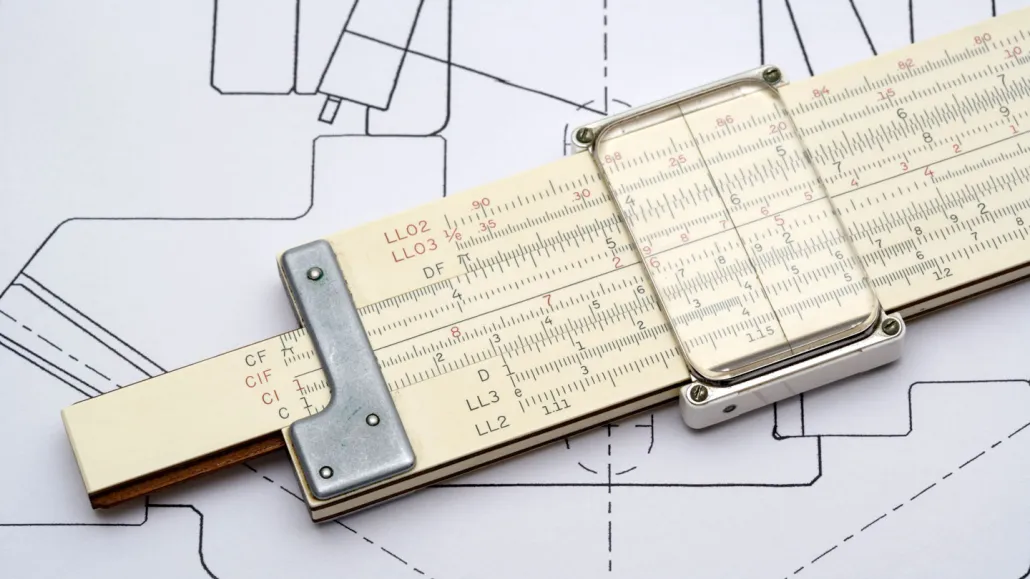Here are the Top 10 science anniversaries of 2022
Insulin to treat diabetes, the slide rule and the birthdays of Gregor Mendel and Louis Pasteur make the list

In 1622, priest and part-time mathematician William Oughtred invented the slide rule.
Ihoe/E+/Getty Images Plus
